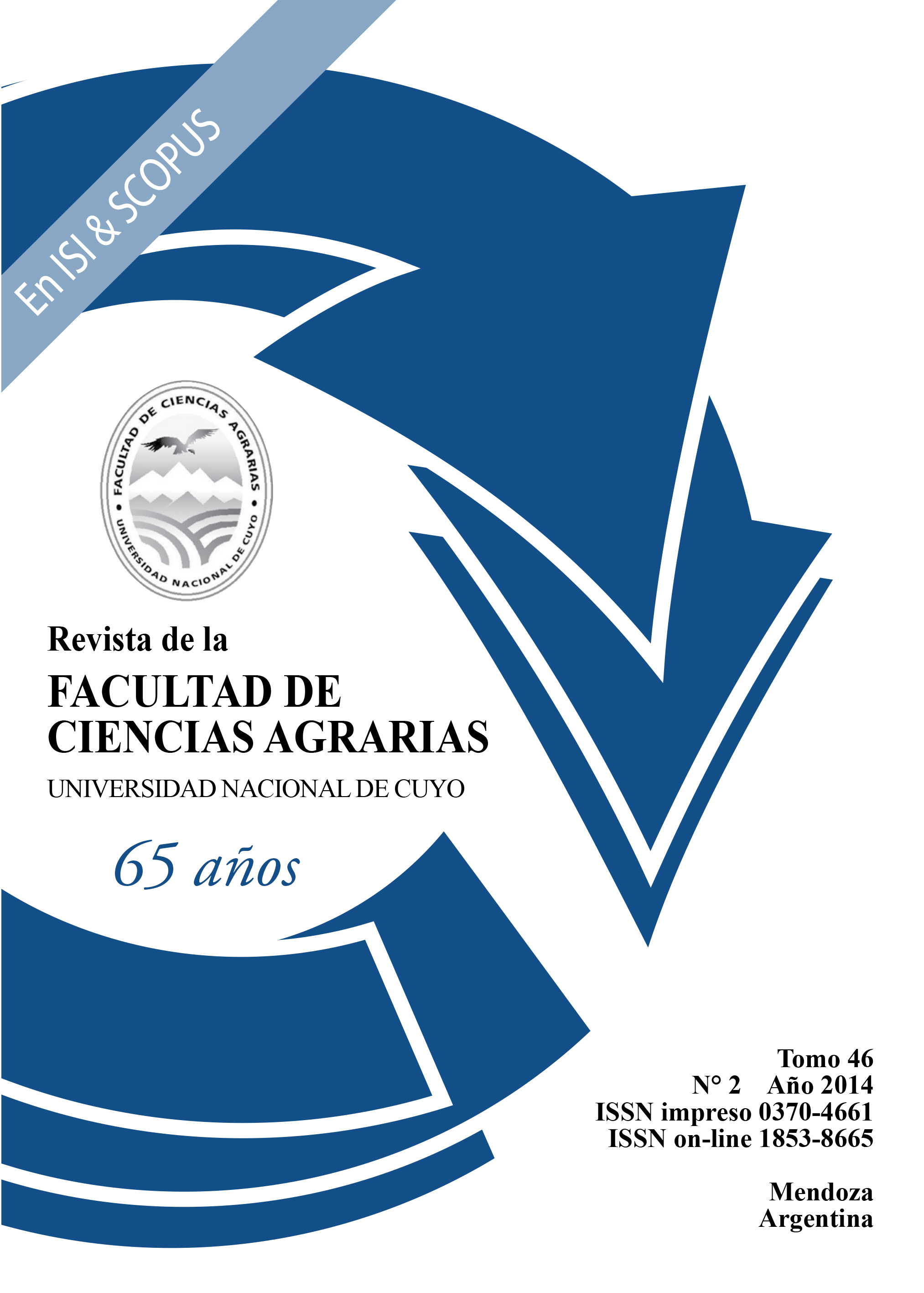Morphological diversity of native maize (Zea mays L.) populations in the state of Tabasco, Mexico
Keywords:
Zea mays L., phenotypic variation, in situ conservation, genetic resourcesAbstract
Traditional farmers keep native or criollo maize (Zea mays L.) in Mexico. The morphological variability of 71 accessions of native maize of the state of Tabasco, Mexico was assessed. Accessions were planted in the 2011 spring-summer cycle in the experimental field of the Universidad Juárez Autónoma de Tabasco, in a completely randomized block design and four replicates. Seventeen morphological characters for plant, ear, cob and grain were evaluated. Significant differences were found in 14 of the 17 characters. A principal components analysis established that 92.3% of the variation was explained by the first three principal components, with the characters ear weight, cob weight and days to female flowering providing the greatest values for diversity. A cluster analysis showed genetic diversity among the accessions, with four groups at a distance of 1.15 units at maximum distance from 1.40 units, following the morphological characteristics of Tuxpeño race was in the 85.9% of the evaluated accessions.
Downloads
Published
Issue
Section
License

This work is licensed under a Creative Commons Attribution-NonCommercial-ShareAlike 3.0 Unported License.
Aquellos autores/as que tengan publicaciones con esta revista, aceptan las Políticas Editoriales.




